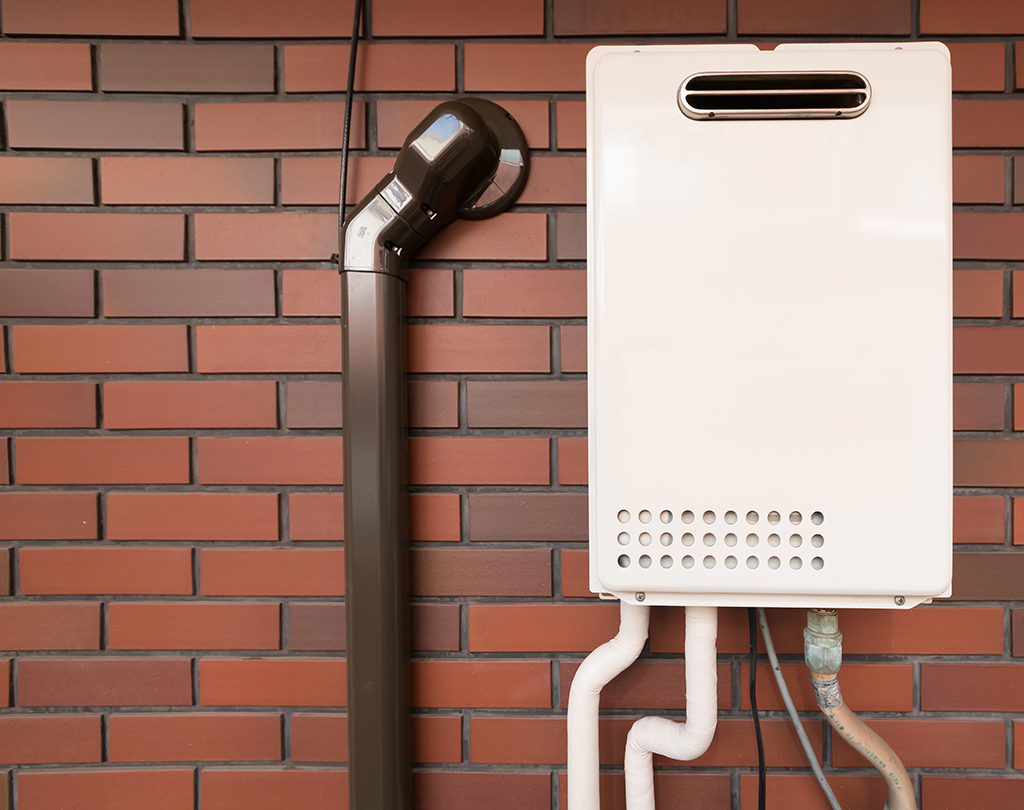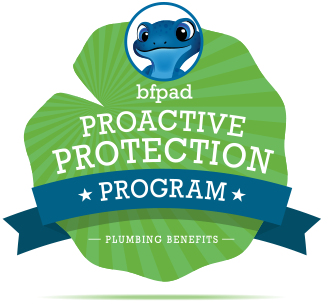
Top Tips for Choosing Between Indoor and Outdoor Tankless Water Heaters | San Antonio, TX
Photo By shigemi okano at Shutterstock
Tankless water heaters in the San Antonio, TX area are known for their compact sizes and lightweight nature. Due to their size and shape, they can be fitted in the smallest of places, making them particularly popular among people with small houses and apartments. Although tankless water heaters are a popular item, people do face a dilemma when shopping for one. Actually, tankless systemscome in two types, indoor and outdoor, and since both are tankless heaters, people face a hard time deciding which one is better for them. In this article, we have listed some top tips and suggestions that you should keep in mind when buying a tankless heater for yourself.
However, before we get into the details, it is crucial that you understand the basic differences between the categories of heaters. Despite their similar appearances and functions, the two heaters have a range of different features and settings, which make them very different from each other. Therefore, let’s first discuss the differences between the two, so that we can better understand the tips that will be discussed later on in the article.
Indoor vs. Outdoor Tankless Water Heaters
Both indoor as well as outdoor water heaters are of the same size and have the same installation requirements; however, it is always cost-effective to determine which one suits your needs and heating requirements better. This is so because both indoor and outdoor tankless water heaters work on different mechanisms and have different venting systems. Apart from this major distinguishing factor regarding their systems, the two also have a great price difference, with one costing a lot more than the other.
Now that we have determined the basic differences between the two water heating systems, let’s discuss the factors that one needs to consider when buying tankless water heaters.
1. Venting and Draining Requirements
Most of the commercially available tankless systems involve particular requirements such as stainless steel venting systems. Hence, when getting an indoor water heater installed, you will need to pay for the extra vent installation costs since water heaters built indoors do not allow the water to escape from their flue. Even though the new heating models are smarter, more energy-efficient, and safer because of their exhausts not overheating easily, you will still need to invest in stainless steel vents to ensure the proper functioning of the heaters.
Moreover, you will also be required to ensure proper draining of the heating systems’ condensed water during the installation process of tankless systems. If the condensed water does not efficiently drain, it starts to backflow into the heating unit, damaging the unit’s interiors, including the vents. Also, because the condensed water is acidic in nature, inefficient draining can lessen the lifespan of your heater and make it require regular maintenance.
Another reason why proper venting and drainage is given so much importance is that in case of condensed water back flowing into your heating unit or corroding your heater, your warranty is nullified, and you have to pay for the repair costs on your own. Therefore, to avoid any of these inconveniences, its best to ensure that you have a well-functioning venting system and draining mechanism in the first place; it will save you both time and money in the long run. Moreover, professionals suggest that to avoid incidents of backflow and corrosion, tankless water heaters should have pre-fitted tee vents. These vents help in draining the excess condensed water through a small tube.
Additionally, when buying tankless system you should always keep in mind that indoor heaters have two categories, which are fan assisted and atmospheric water heaters. Fan assisted heaters are named after their mechanisms that function using fans and vents (either horizontal or vertical) to blow out the heating. Atmospheric water heaters, on the other hand, require vertically erected vents to be installed since they cannot operate with horizontal venting systems.
It is also worth remembering that outdoor tankless water heatersdo not need any special venting systems or condensate water draining mechanisms to function. This is because the exhausts in outdoor heaters do not condensate, and therefore, there is no condensate water produced that needs to be drained. This feature makes outdoor heating systems both cost-effective as well as easier to install.
Although one does not need to worry about venting or draining with outdoor units, the placement of the exhaust pipes does need to be carefully considered. If not placed correctly, the harmful air emanating from the exhaust pipes can also turn lethal. Therefore, when installing your unit, be very careful about the pipe placement and avoid attaching the pipe next to any outlet such as a window or door at all costs.
Also, follow the user manual religiously and read all the instructions and clearance requirements of the exhaust very carefully. It is of paramount importance that you comply with these requirements and codes when installing the outdoor water heater unit to ensure your safety and wellbeing.
2. Know the Space the Unit Will Need
Indoor tankless water heaters unlike outdoor units, need a lot of empty space for the heater and the ventilation to fit. So, when buying your heater, consider the space you have allocated for your unit and buy one accordingly.
3. Space Required for Combustion
The installation of water heaters that utilize gas burners consumes more gas compared to conventional heaters, thus requiring extra air to assist the combustion processes. This means that you will need more space to allow for easy and smooth combustion if you buy indoor units. Outdoor units prove to be a better option in this case because they have ample space and air to allow the fuel and air to mix and combust, saving you time, energy, money, space, and also prevent any possible health hazards.
Conclusion
To conclude, we believe that both indoor and outdoor water heaters prove to be a better choice when compared to traditional heating systems. However, when compared with each other, we believe that outdoor systems are better, more efficient, and easier to fit and install.
For further information regarding repairs, replacement, and maintenance of both indoor as well as outdoor tankless water heaters in the San Antonio, TX area, contact Bluefrog Plumbing + Drain of San Antonio,TX at (210) 876-1629.











